There’s so much hype and talk about AI in marketing and advertising these days that it can be hard to separate fact from fiction. Marketers are often left wondering what AI is, how to access it, and what’s realistic in terms of budget and results. However, the benefits of AI-fuelled advertising and marketing are very real and backed by data.
Today we'll be focussing on AI in paid advertising, revealing what is is, how to access it and how it has been shown to significantly improve ROI and efficiency. A study by Juniper Research predicts that AI-driven advertising will account for $158 billion in digital ad spend globally by 2025.
According to Gartner, companies leveraging AI see up to a 30% increase in ROI, which also reports that AI-driven marketing campaigns can reduce customer acquisition costs by 20% and boost conversion rates by 25%. The best part? You don't need a big budget to access AI in your ad campaigns. Even businesses with modest budgets can harness the power of AI to revolutionise their paid media strategies.
In this article, we will delve into how you can unlock the power of AI through programmatic demand side platforms (DSPs) and revolutionise your media strategy, with a relatively modest budget.
Accessing AI Through Programmatic Demand Side Platforms (DSPs)
To leverage AI effectively, marketers need to start with the right tools and tech. Programmatic Demand-Side Platforms (DSPs) provide a robust solution by integrating AI and machine learning into the advertising process. DSPs automate the buying of ad space online, making it possible to target audiences at scale with precision and efficiency. This method of buying media online is called 'Programmatic Advertising'.
What is Programmatic Advertising?
Programmatic advertising is the automated buying and selling of online ad space, also called 'real time bidding' (RTB). Unlike traditional methods, which involve manual negotiations and insertion orders, programmatic advertising uses software available through a DSP (demand side platform) to purchase digital ad spaces over multiple ad channels and formats in real-time. This automation is powered by AI, enabling marketers to make data-driven decisions quickly and accurately.
How Programmatic Advertising Works
Programmatic advertising operates like a live auction. For example, when a user visits a website, an instant auction takes place where advertisers bid for the ad space. The highest bidder wins, and their ad is displayed to the user. This process happens in milliseconds, ensuring that ads are served to the right audience on the right website in the most cost efficient manner possible.
Also, it's important to know that programmatic advertising has expanded far beyond traditional websites over the last 5 years. It now encompasses a wide range of media channels including Connected TVs, Digital Out of Home panels, mobile apps, and audio streaming platforms like Spotify and I Heart Radio.
How is programmatic advertising different to standard Google Ads/Performance Max?
Programmatic advertising through Demand-Side Platforms (DSPs) like Google's Display & Video 360 (DV360) offers access to a vast array of ad networks and ad exchanges, providing advertisers with a much larger ecosystem of ads compared to Google Ads.
DSPs allow advertisers to bid on inventory across numerous publishers and networks simultaneously, giving them access to more diverse ad formats, including Connected TV (CTV), over-the-top (OTT) video, YouTube, Audio, Digital out of Home and more. For example, DV360 offers access to premium inventory from top broadcasters, private marketplace deals, and high-quality, fraud-free inventory from a broad range of sources. This extensive reach allows for more sophisticated audience targeting, deeper machine learning and a higher potential for campaign success.
On the other hand, Google Ads (formerly AdWords) and Performance Max, primarily target inventory within Google-owned properties such as YouTube, Google Search, and the Google Display Network (GDN). Whilst still a very effective platform for small business, this limits the breadth of available ad inventory (and eyeballs!) compared to programmatic advertising.
Now that you understand more about the tech (DSP's) behind programmatic ad buying, let's delve into the top five reasons why programmatic advertising is your best bet for harnessing the full potential of AI in your paid media strategy.
5 Ways Programmatic Advertising is Helping marketers Revolutionise Paid Advertising Efforts
1. Data-Driven Decision Making
- Programmatic DSPs use AI to analyse real-time audience data over a vast ecosystem of websites and apps, identifying trends and behaviours that inform media strategies.
- Platforms like Google's Display & Video 360 (DV360) use automated bidding, an AI-driven approach where the advertiser sets a goal (e.g. increasing traffic, qualified leads, or sales).
- The AI then learns from the data sets used to achieve the set goal/s, predicting behaviours to deliver the desired outcomes faster and more efficiently at scale.
- This data-driven approach removes the guesswork, helping marketers to make more informed decisions in relation to where to invest their media dollars and creative focus.
2. Cost Efficiency
- By automating the ad buying process, DSPs reduce the costs associated with manual ad placements. This allows businesses to reach a wide audience without overspending, maximising their return on investment.
- Even with a modest budget of $8-$15K per month, businesses can achieve significant reach and impact. Automated bidding activated in DSP's like DV360, optimises spend by learning which bids are most likely to achieve the set goals, ensuring cost-effective ad placements.
- In Australia, executing an omnichannel media strategy ie advertising across various channels and ad formats such as display, video, CTV (BVOD), and audio, is more affordable as brands lean on the power of AI to optimise and tweak ad spends across different channels and formats, rather than being locked into more expensive direct to publisher deals where budgets and timeframes are not as flexible.
3. Advanced Audience Targeting
- AI-powered DSPs can segment audiences with precision, targeting ads to those most likely to engage with and convert.
- This advanced targeting reduces the time and cost needed to reach the right customers, increasing conversion rates and ensuring that even limited ad budgets are used effectively.
- Automated bidding systems predict user behaviours, allowing for highly personalised ad experiences that drive better engagement and conversions.
4. Marketing Transparency
- Programmatic DSPs provide comprehensive insights into campaign performance. Marketers can track where ads are placed, who sees them, and how they perform, allowing for real-time adjustments and optimisation.
- This transparency extends to the automated bidding process, where marketers can see how AI-driven decisions are improving campaign outcomes.
5. Higher ROI
- The efficiency and precision of AI-driven programmatic advertising lead to higher ROI. By reaching more qualified audiences and optimising ad spend, businesses can achieve better results and grow their customer base more effectively.
- Automated bidding, as used in programmatic advertising platform Display & Video 360, continuously learns and improves, driving better ROI by predicting the best ad placements and bids to achieve the marketer's set goals.
Conclusion
AI-fuelled media buying through programmatic DSPs represents the future of advertising. By integrating AI into your media strategy, you can streamline processes, uncover deep consumer insights, and achieve higher ROI. Programmatic advertising simplifies the process, making it accessible and effective for businesses of all sizes. Additionally, it helps marketers understand what ad messages resonate with their audience, enabling continual improvement in both creative and strategic aspects.
Don't get left behind in the rapidly changing marketing landscape. Embrace AI and programmatic advertising to propel your business forward.
Contact Adgility today to book a free, no-obligation consultation and see how AI-powered programmatic advertising can transform your marketing strategy.
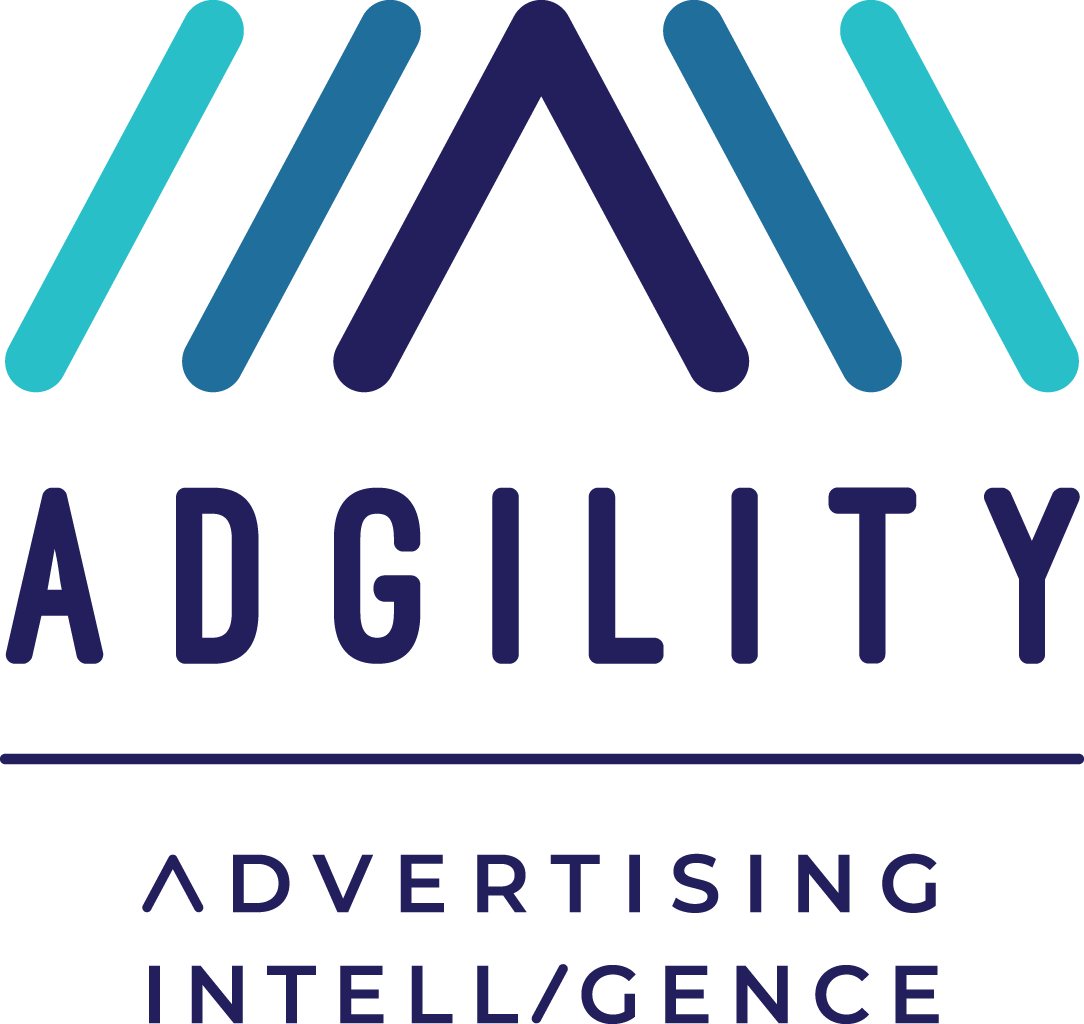
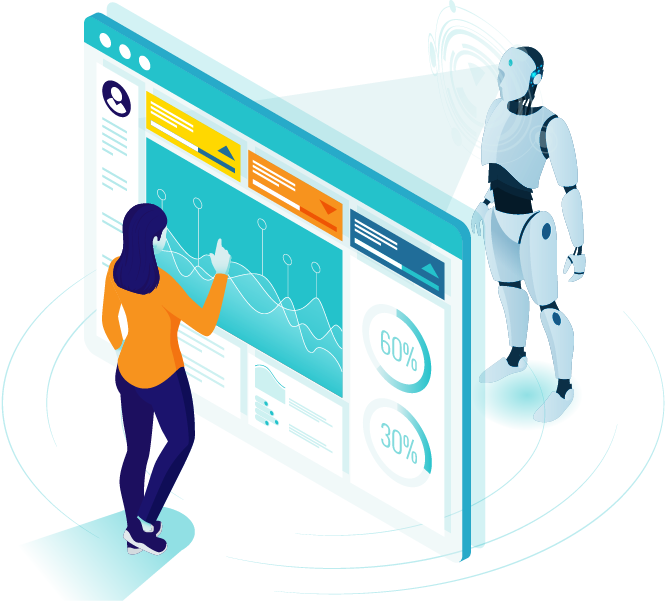
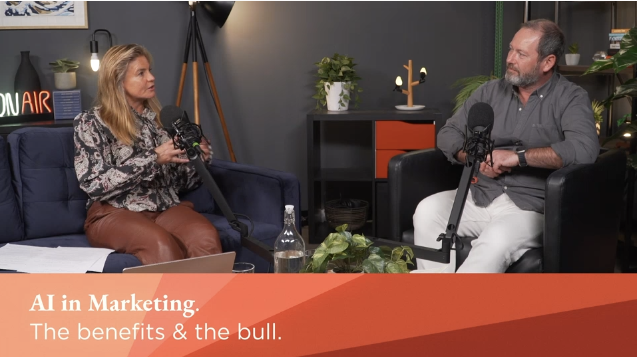
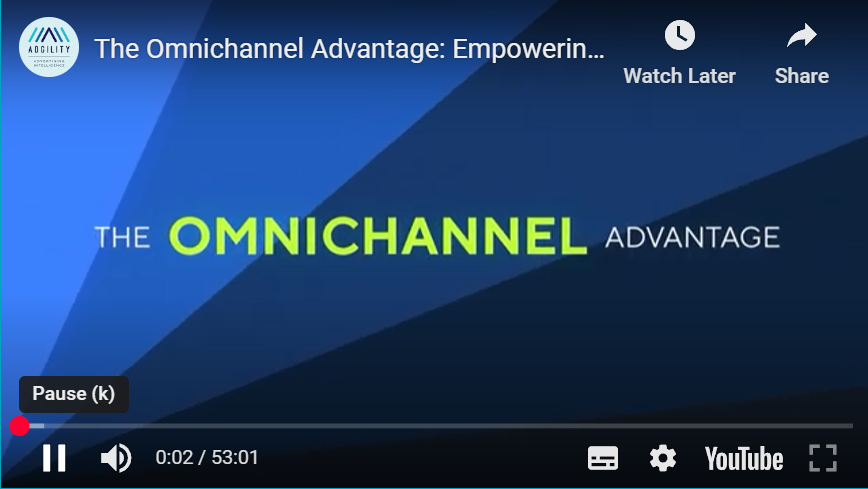
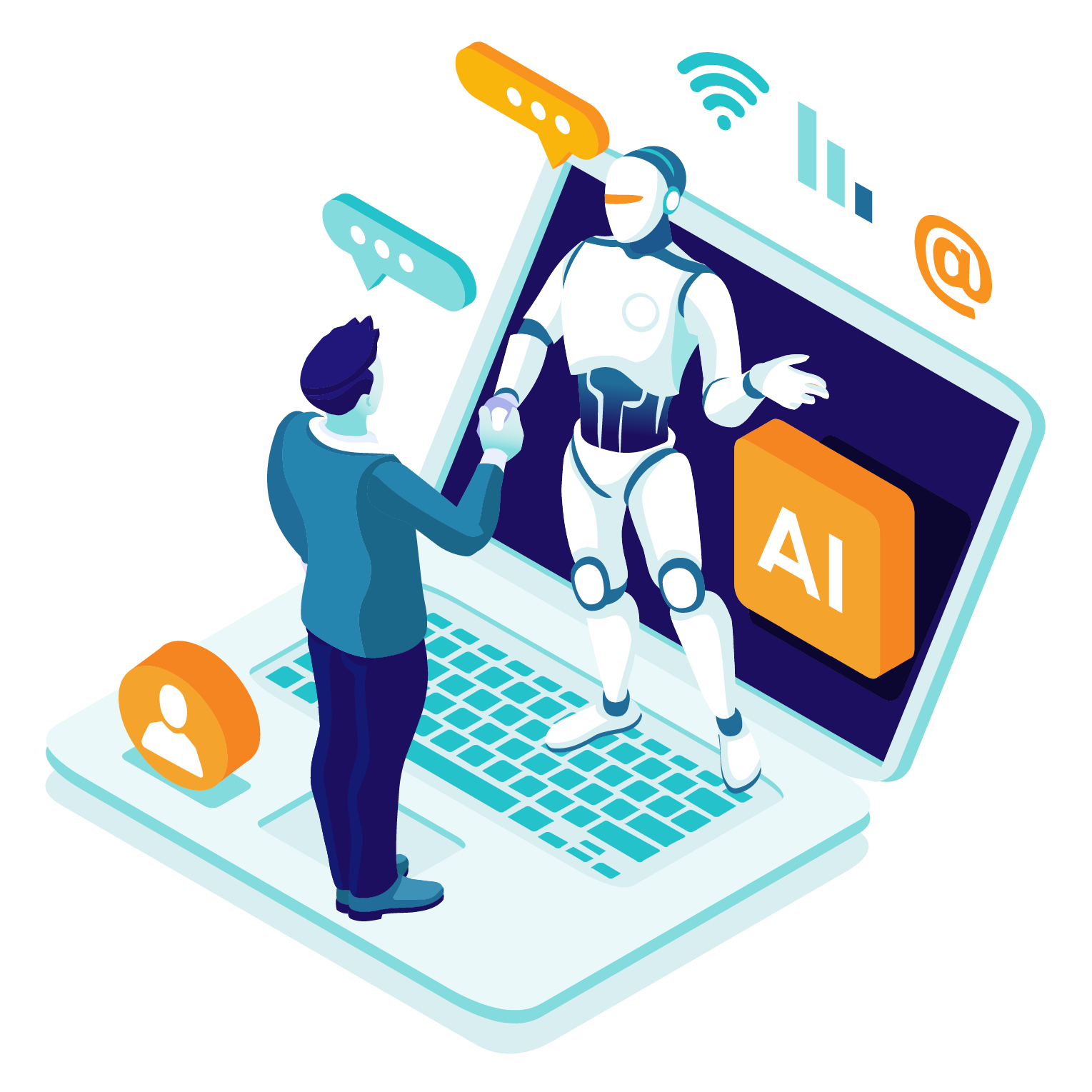
.png?width=1892&height=2121&name=Copy%20of%20advancedretargeting_FINAL%20(1).png)
